The choice of roof type holds immense significance in the context of building extensions. The roof not only contributes to the overall aesthetic of the extension but also plays a critical role in determining the new space’s structural integrity, functionality, and energy efficiency.
Different roof types, such as gable, hip, flat, or shed roofs, offer distinct advantages regarding space utilisation, drainage, natural light, and insulation. The blog below discusses some useful types of roofs you can opt for your new home extension:
Flat Roofs
Renowned for their flexibility, simplicity, and cost-effectiveness, flat roofs remain a favoured choice for extensions of all sizes and shapes. Flat roofs are easy to insulate, although they come with a heightened risk of leaks and a lifespan of around ten to 15 years, 20 to 30 years shorter than the typical for pitched roofs.
While planning departments often limit their use to rear extensions, flat roofs facilitate easy installation of spotlights, though this may require sacrificing loft space or ceiling height.
Thatched Roofs
Opting for a thatched roof extension hinges on the existing roof type and entails careful consideration of the pros and cons. Thatched roofs utilise natural materials that offer unique forms, blending naturally with surroundings over time.
They self-insulate, eliminating the need for synthetic insulation, and have an environmentally friendly lifespan of around ten to 15 years. However, their installation demands labour intensity, annual inspections, potential insurance cost hikes due to fire risks, and a need to consistently clear overhanging trees.
Pitched Roofs
Pitched roofs, frequently the default choice, bring numerous benefits, such as effective rain runoff, increased ceiling height, and accessible loft storage. It can be constructed with both traditional tiles or synthetic slates, and many architects recommend this roof.
Internally, pitched roofs offer design versatility, unique ceiling angles, and roof lights for ample natural light. However, their complexity and material requirements demand a higher budget.
Inverted Flat Roofs
Inverted flat roofs offer a prolonged lifespan compared to conventional flat roofs, featuring a waterproof layer topped with paving or other materials. This approach extends the roof’s longevity and can serve as outside decking or balcony space if granted planning permission.
Regulations might insist on the need for protective rails, converting windows to doors for access, and addressing privacy concerns when in the vicinity of neighbouring properties.
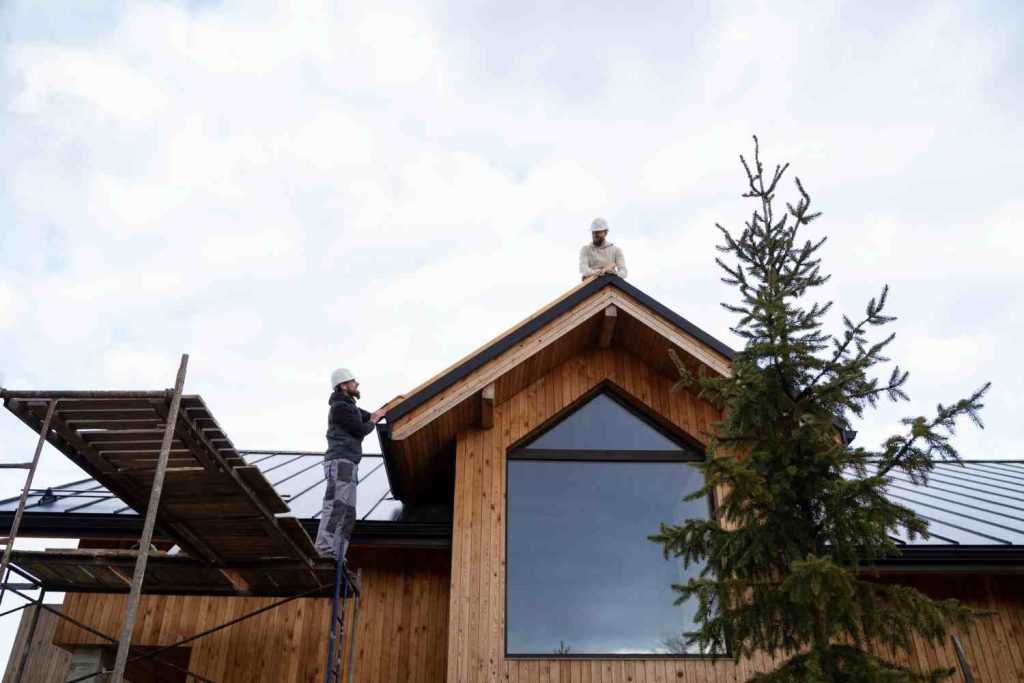
Glazed Roofs
Lavishing extensions with natural light, glazed roofs create conservatory-style spaces enclosed by brick walls. Their glass expanses are striking architectural elements, especially in kitchens, studios, or home offices.
There might be some issues regarding your privacy that you must consider. Moreover, you have to make sure that the heat is not lost through the roof too quickly. Planning departments insist that the glazed roofs should harmonise with existing structures and could face restrictions in conservation areas or on listed buildings.
Green Roofs
Increasingly prevalent in urban and rural settings, green roofs cover manmade surfaces with plant-friendly habitats. Planning authorities reconfirm the green roofs’ favourably for their environmental and aesthetic value.
While maintenance demands of these roofs are higher than standard roofs, careful planting can mitigate the workload. Although pricier and generally flat, green roofs create a captivating visual impact that sets them apart.
Conclusion
The style of your roof becomes very relevant when you have to add a new extension to your home. Opting for a specific style not only affects your budget but also changes the look of your property. Added to these factors are the lifespan and functionality of the roof that you must consider. Discussing with the experts and the planning department helps you choose a suitable roof style for your extension that adds beauty to your home and is regulatory complaint.

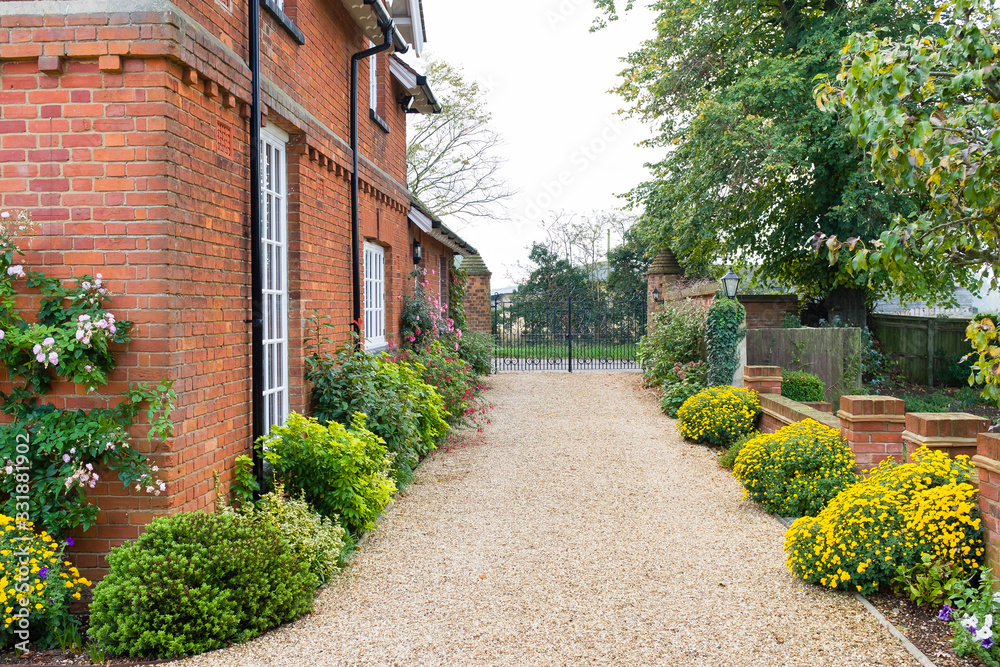
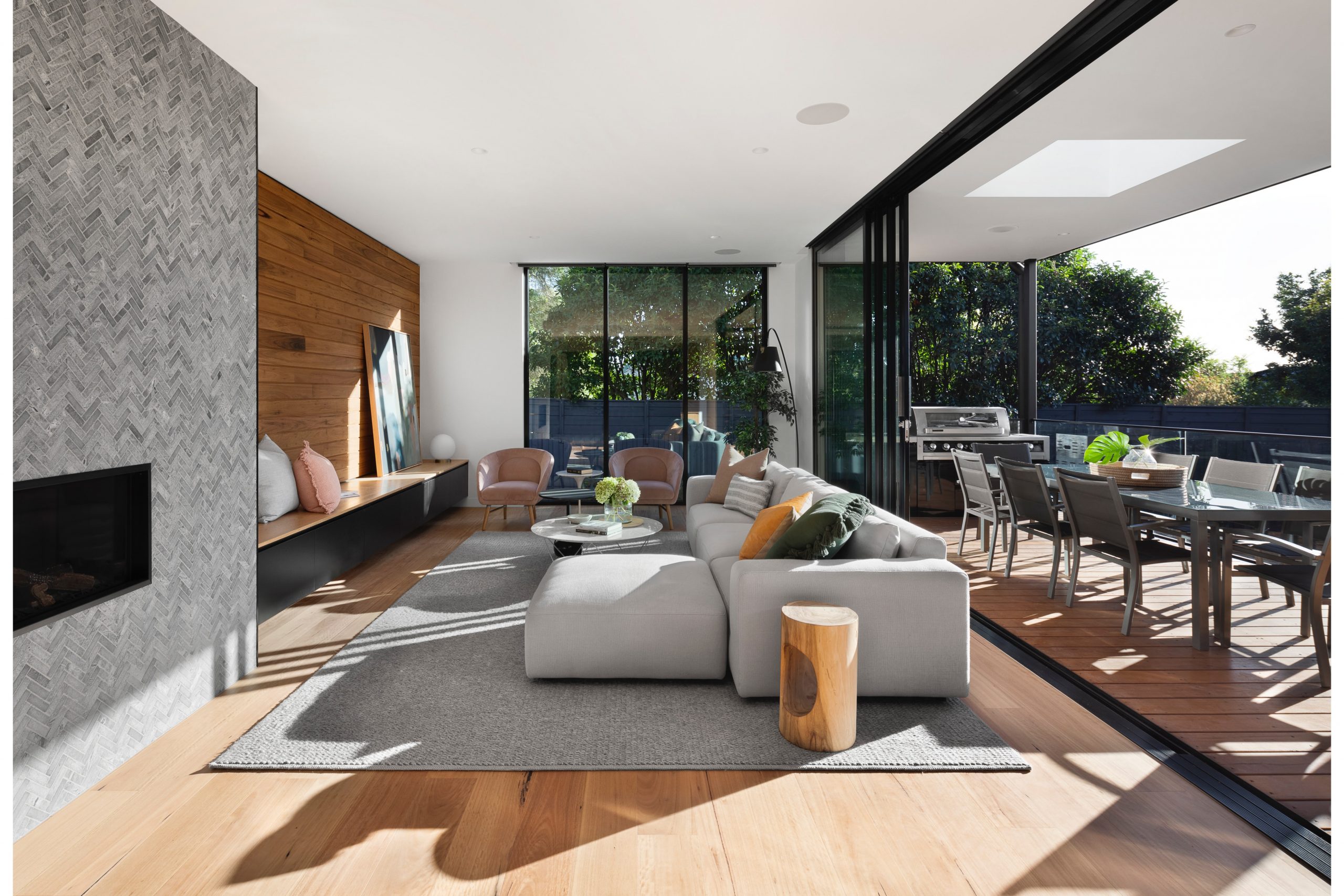
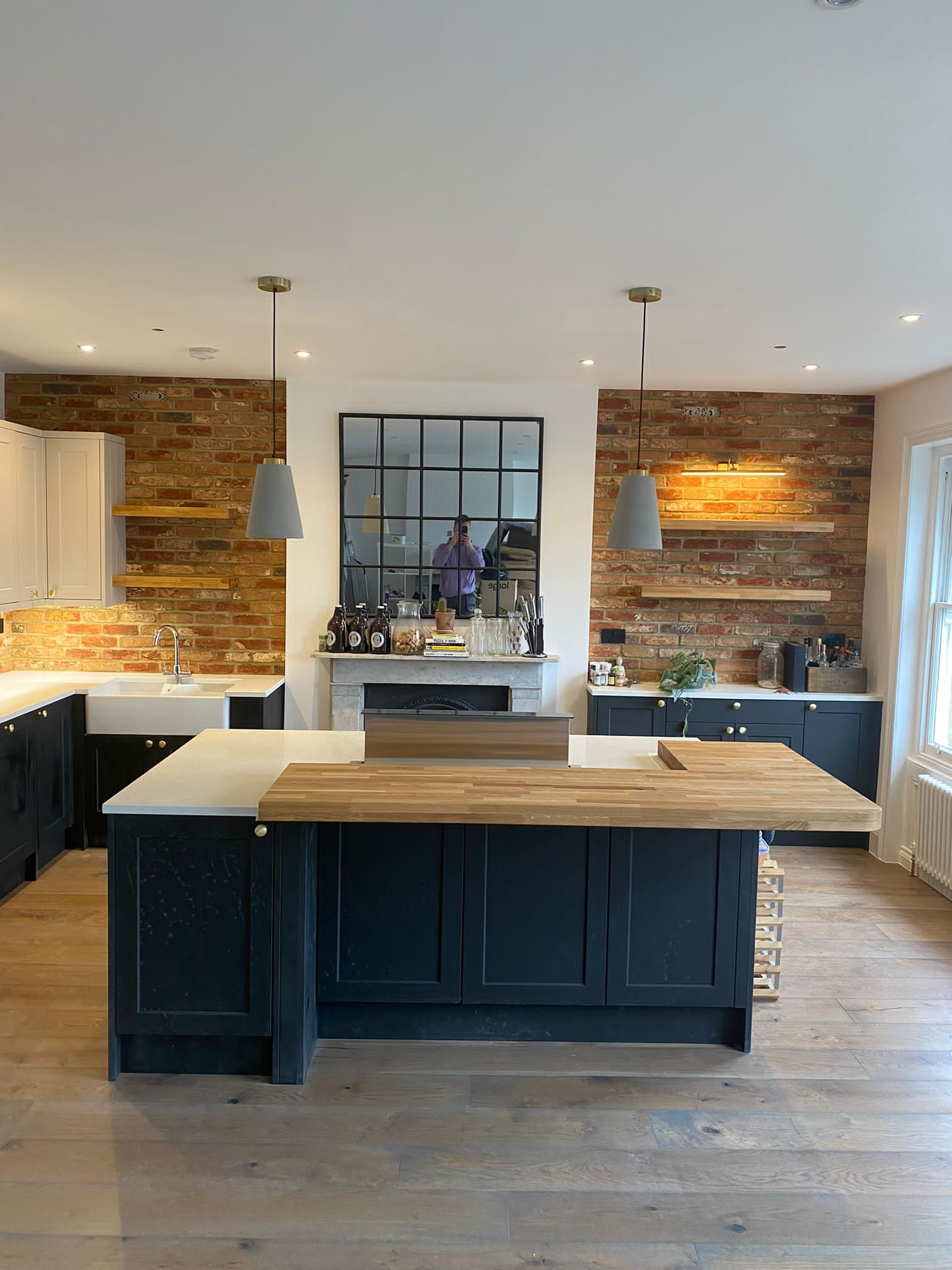
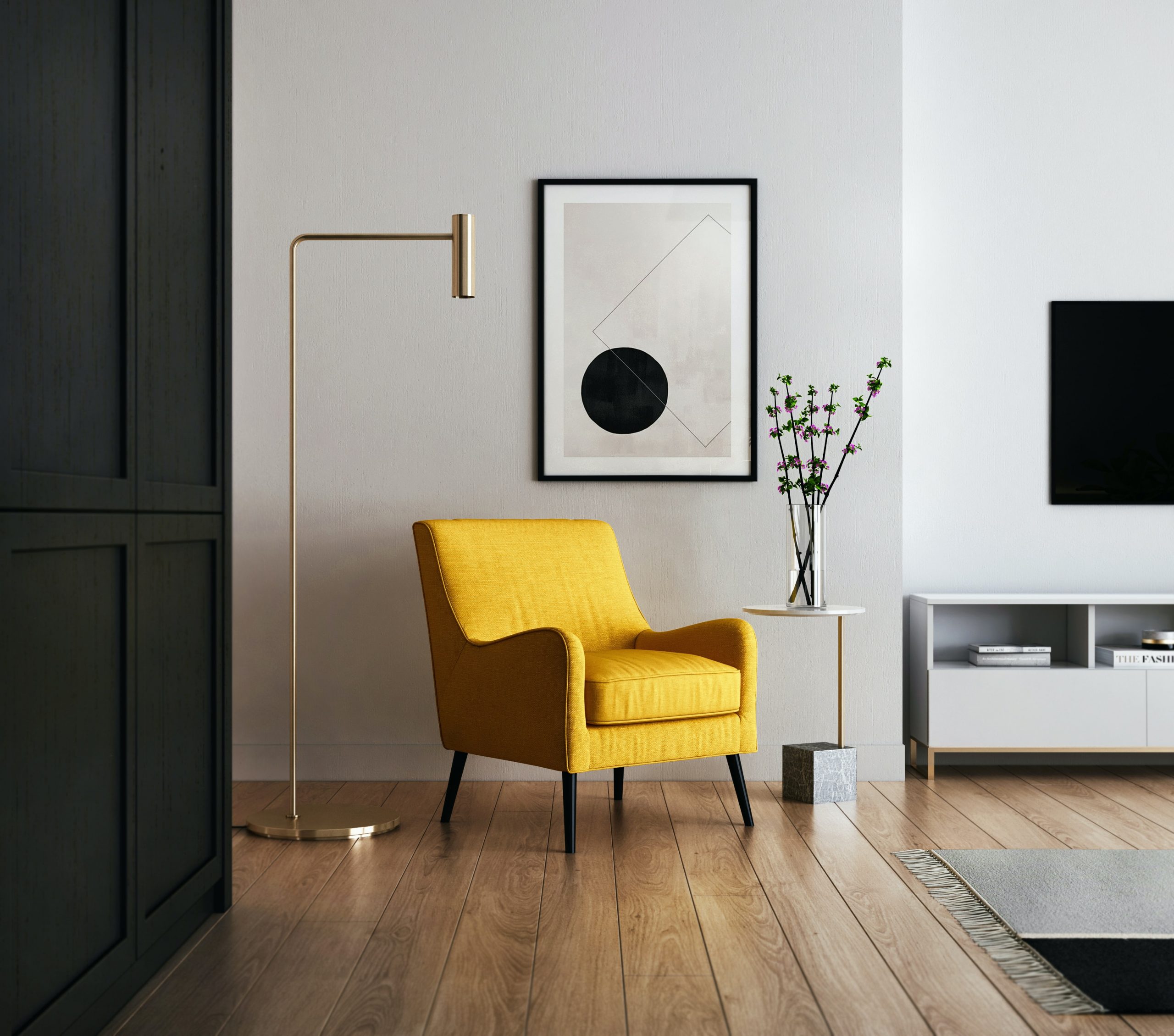
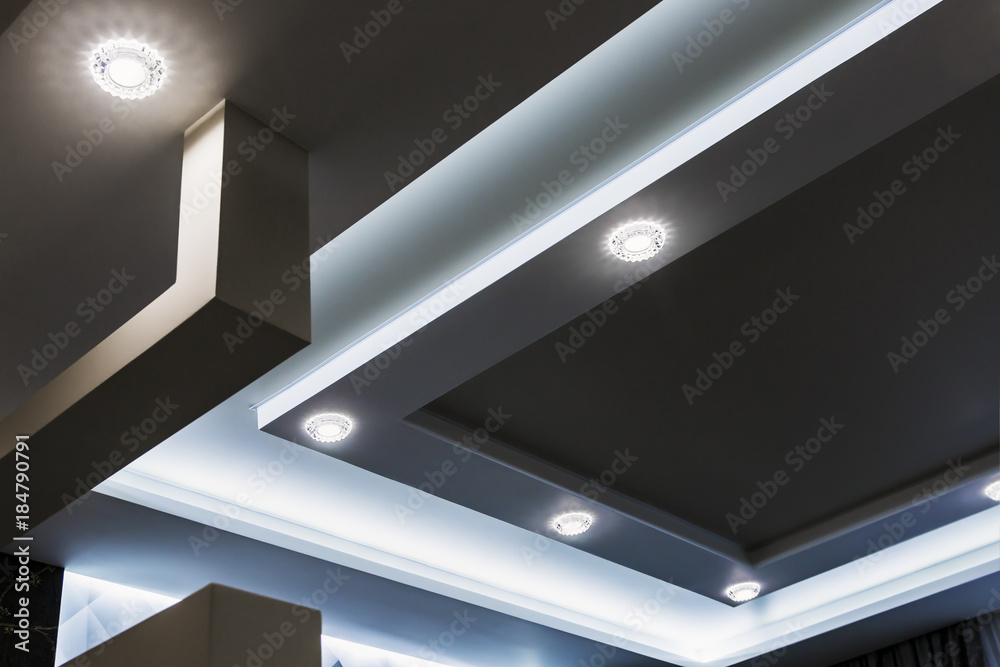
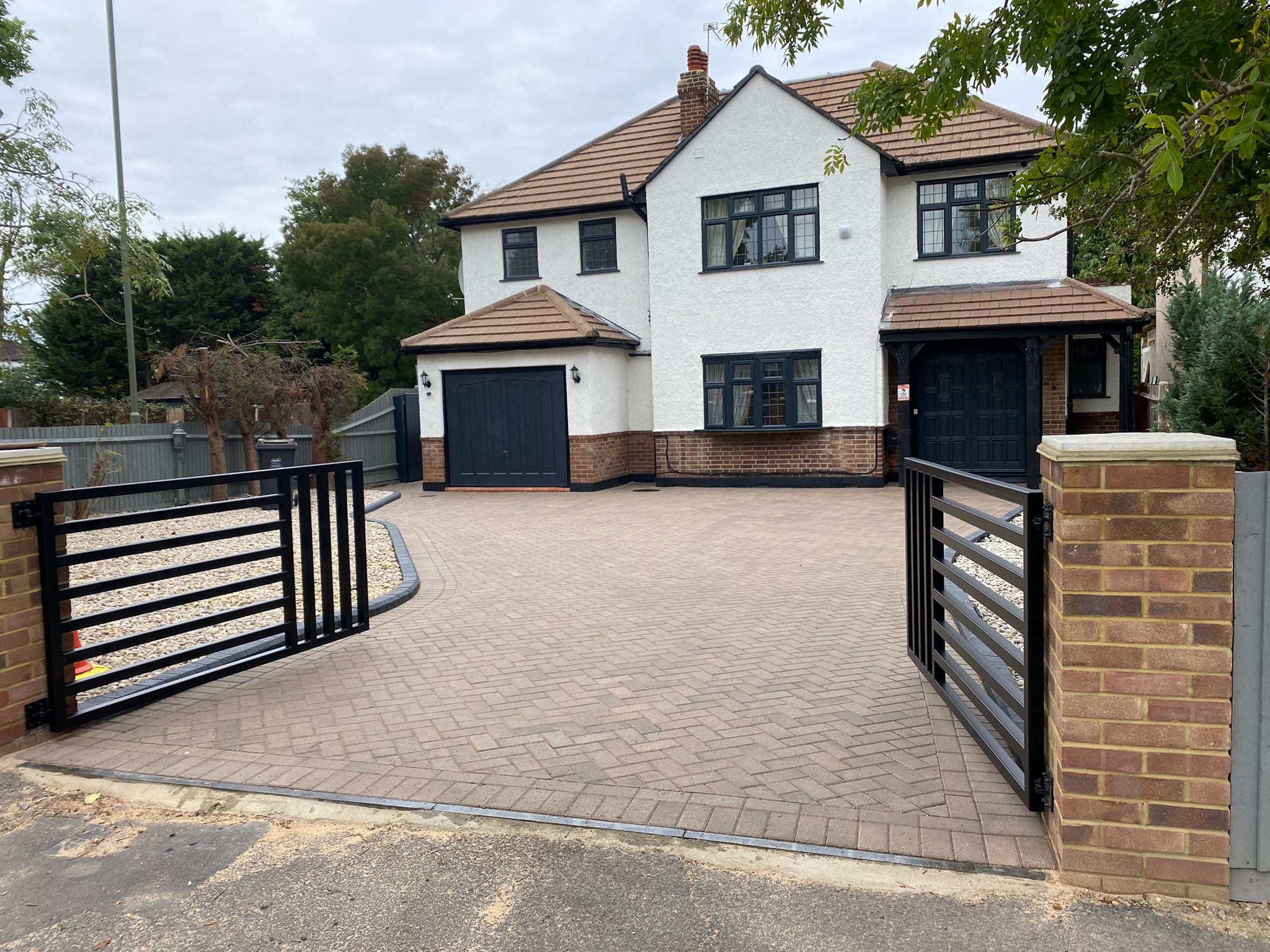
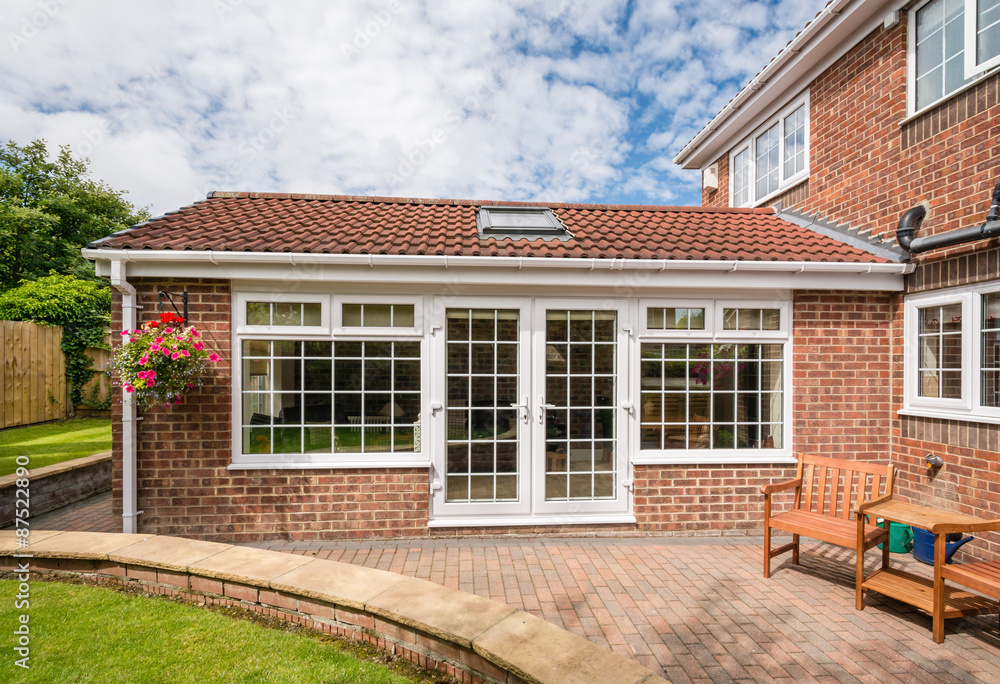
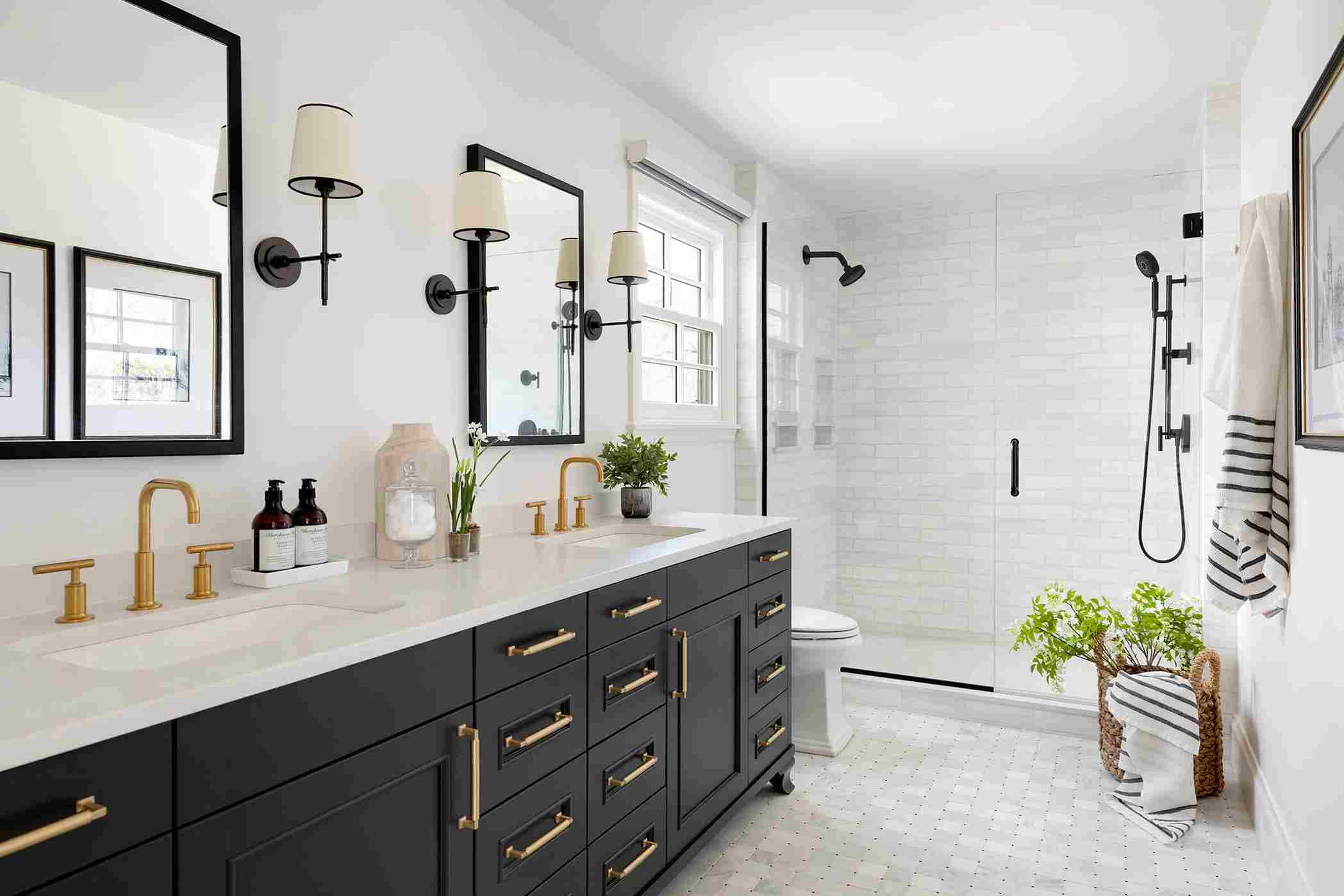
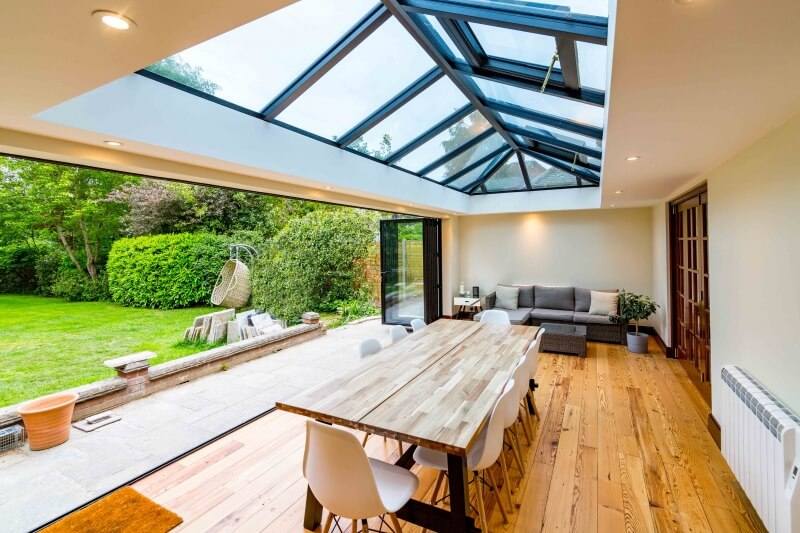
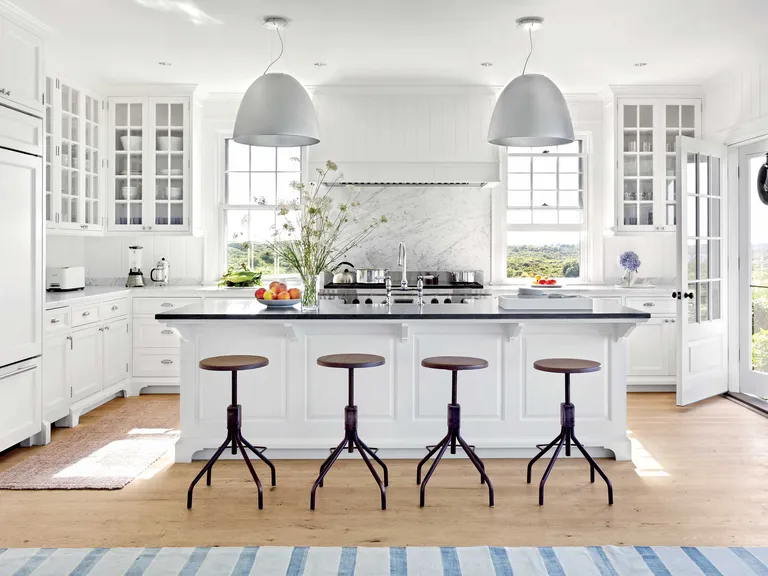
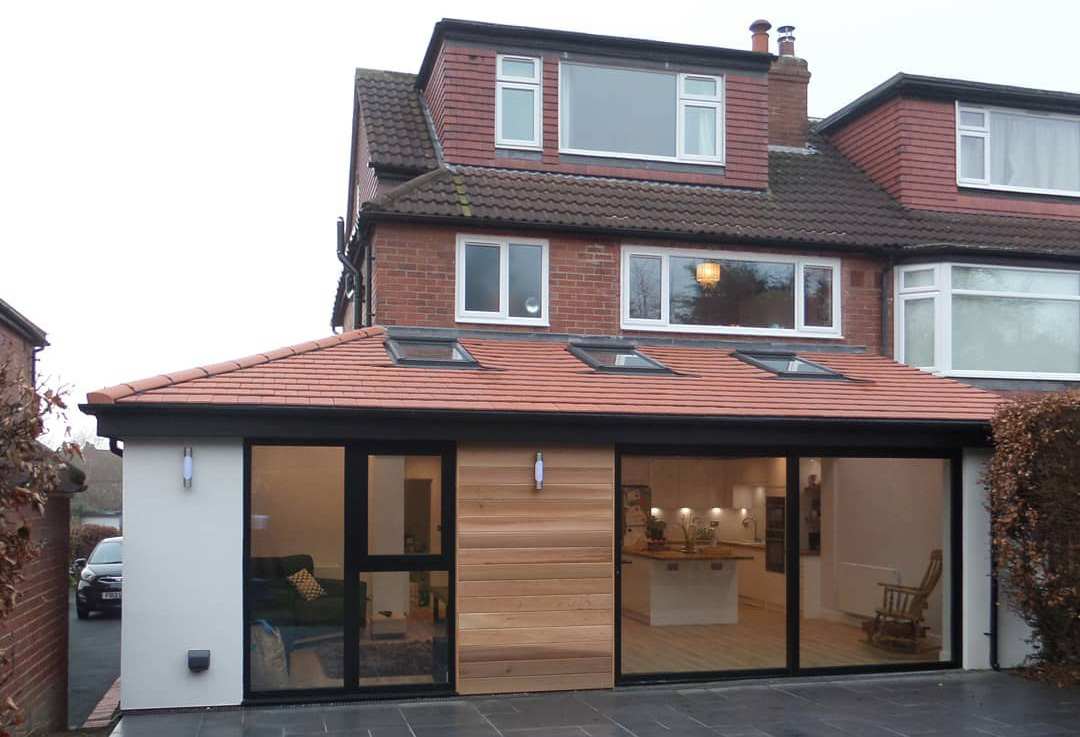
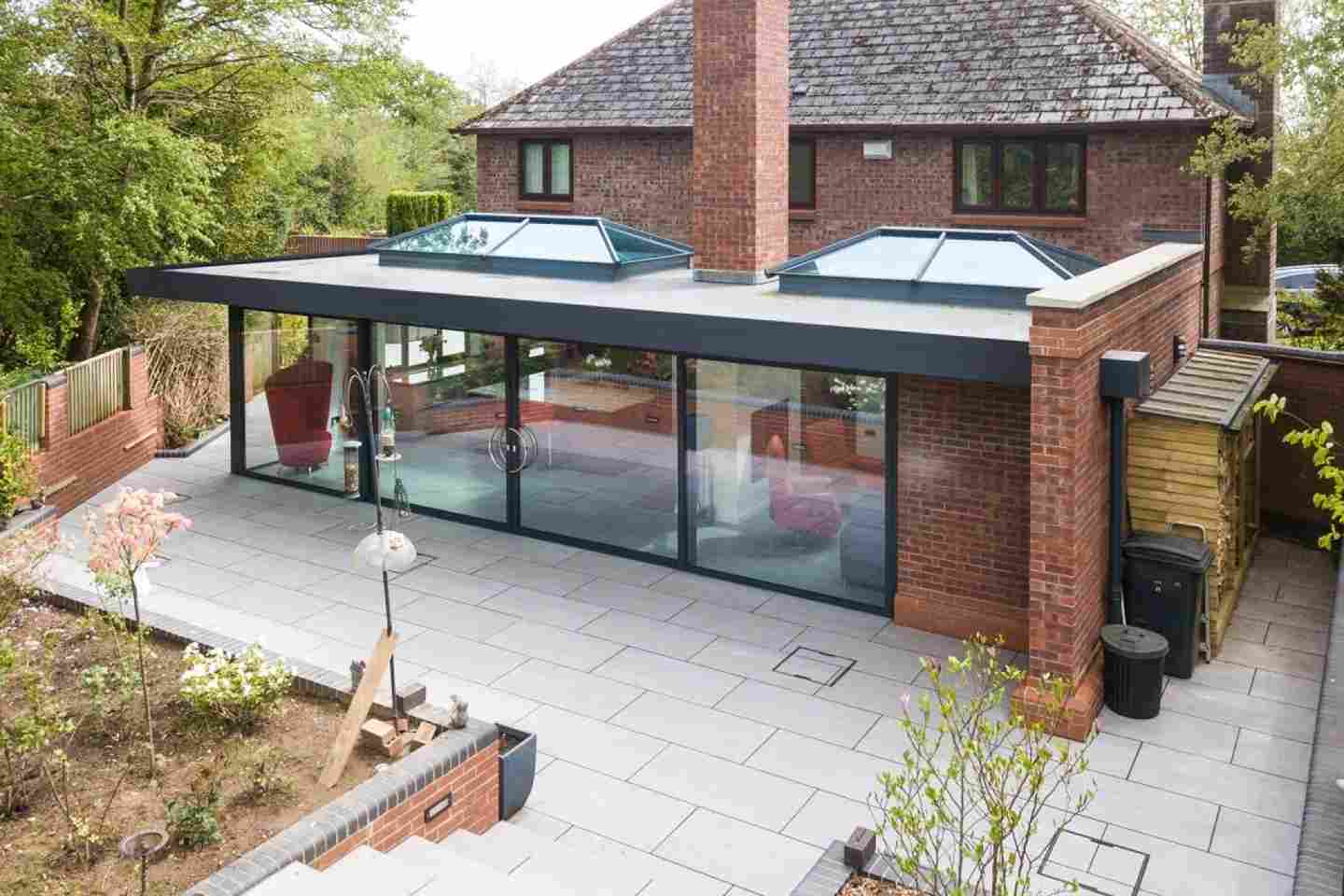
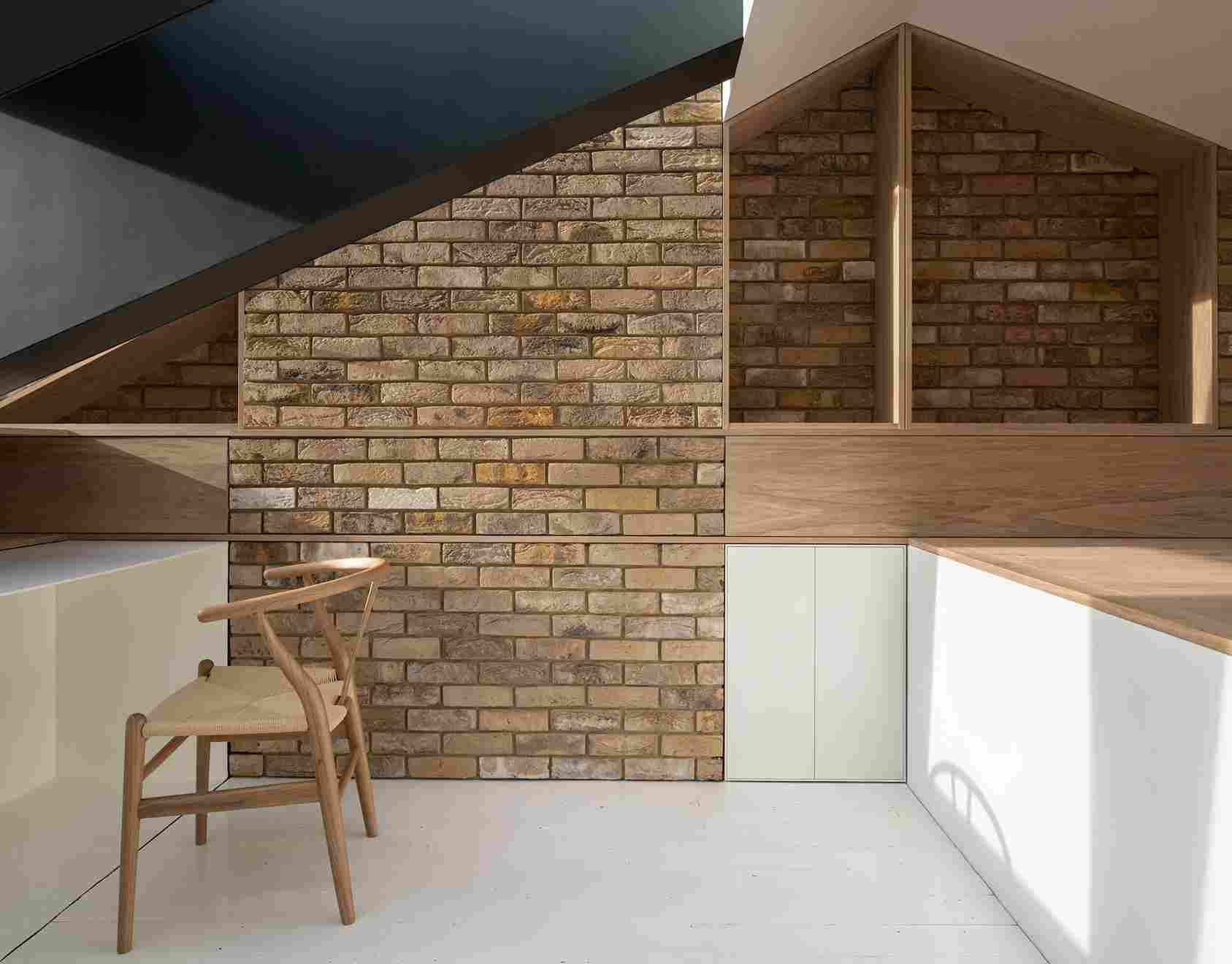
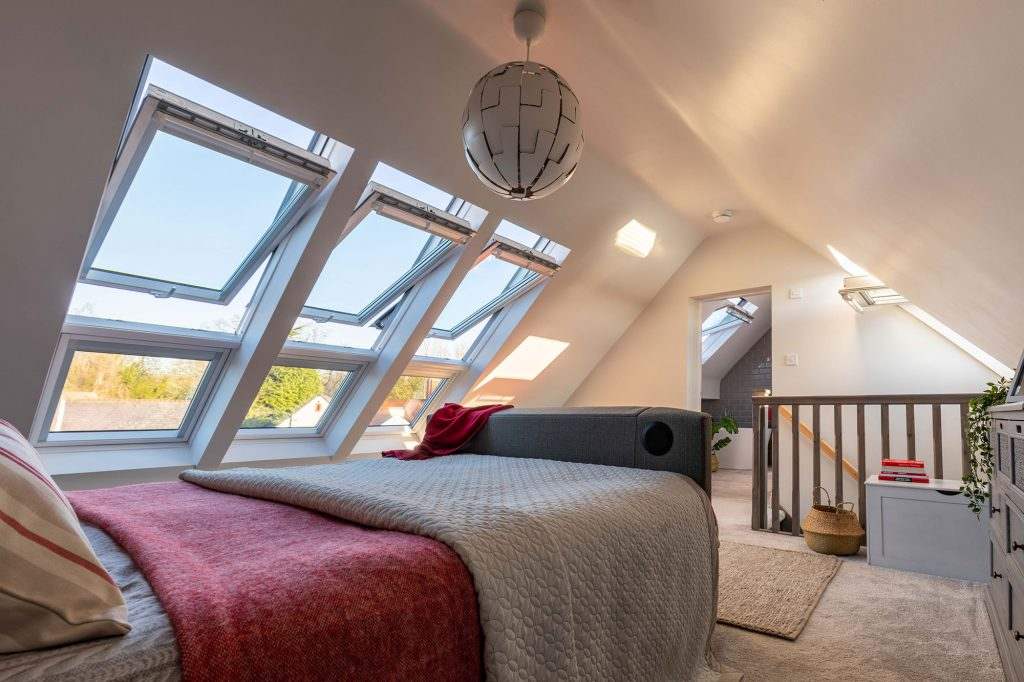
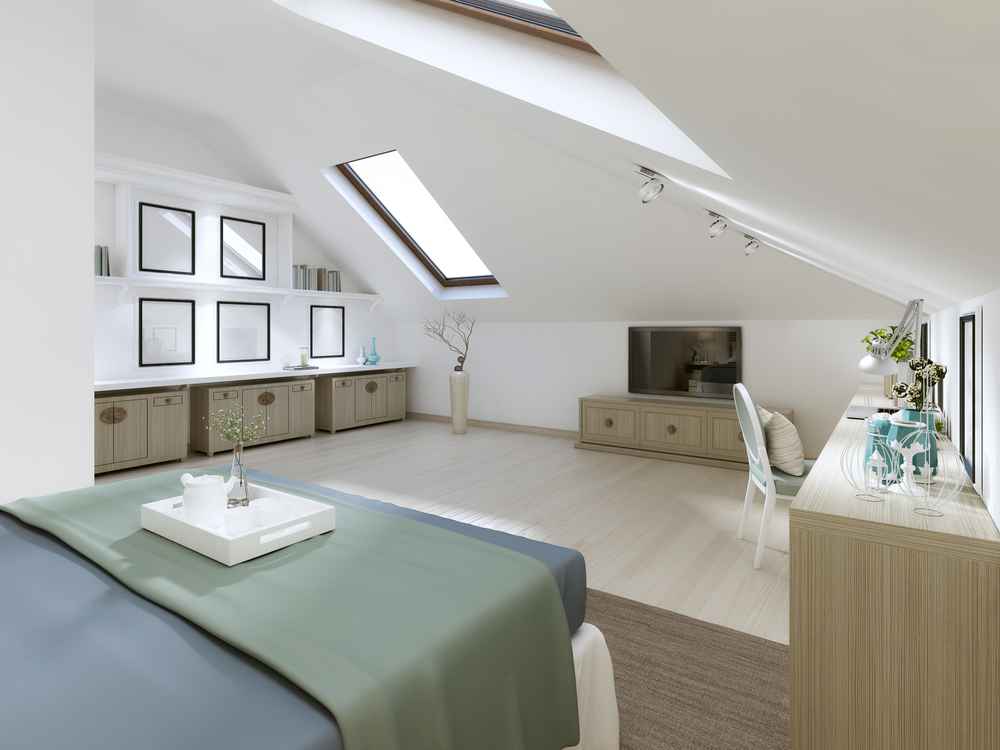
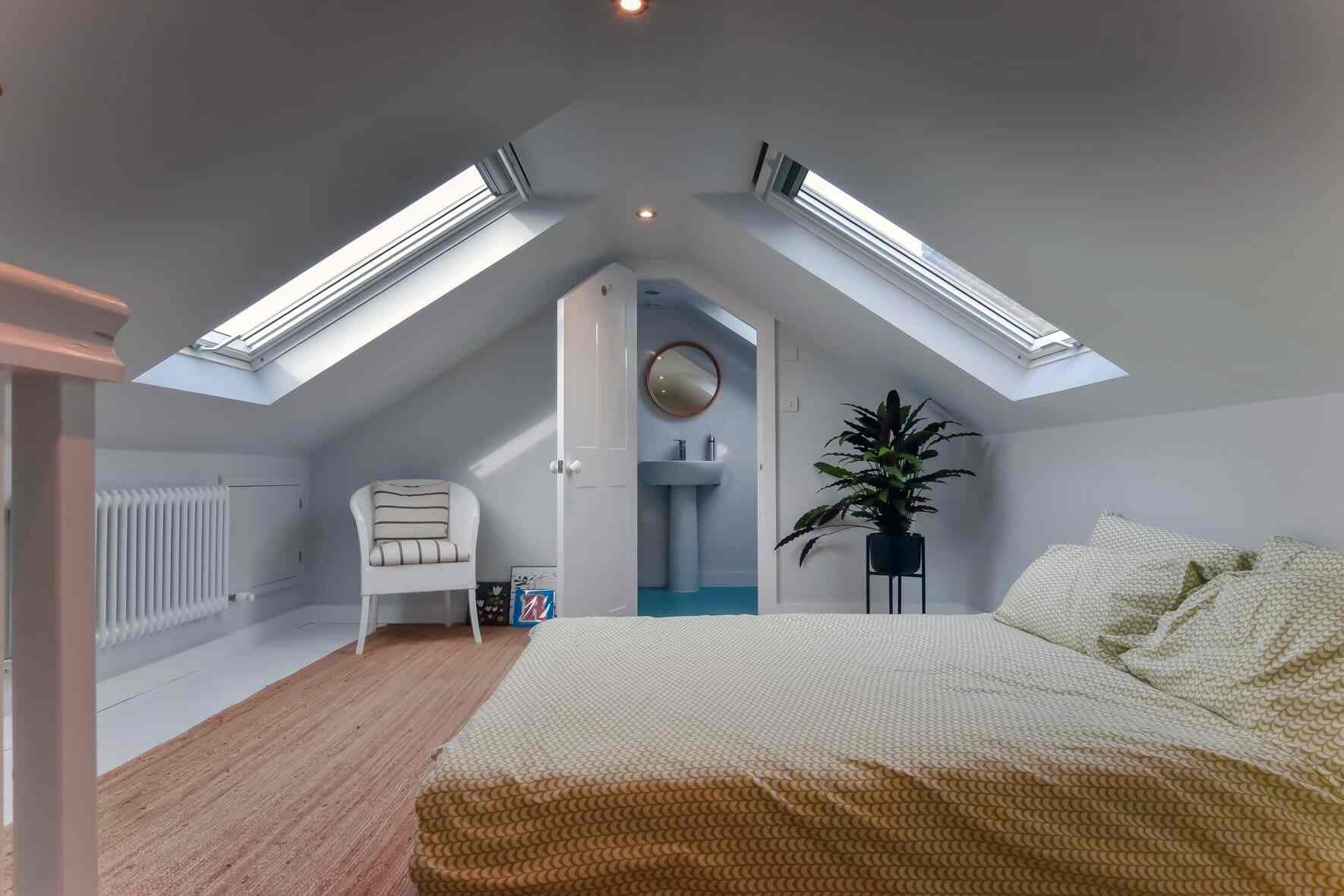

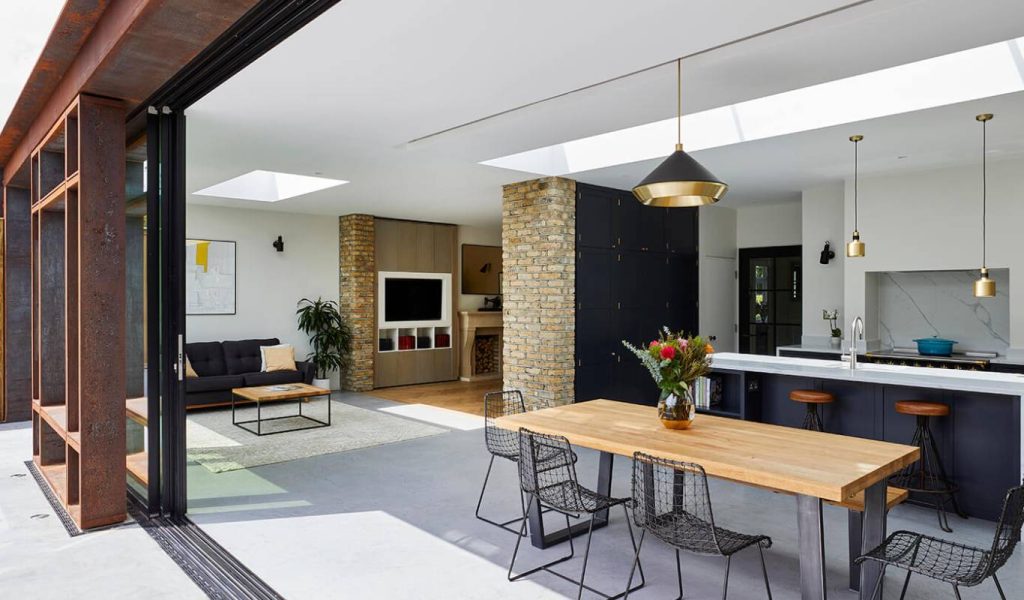
![How Much Does It Cost to Tile A Bathroom? [Explained]](https://tenfoldrenovation.com/wp-content/uploads/2023/07/How-Much-Does-It-Cost-to-Tile-A-Bathroom_-Explained-1024x600.jpg)
